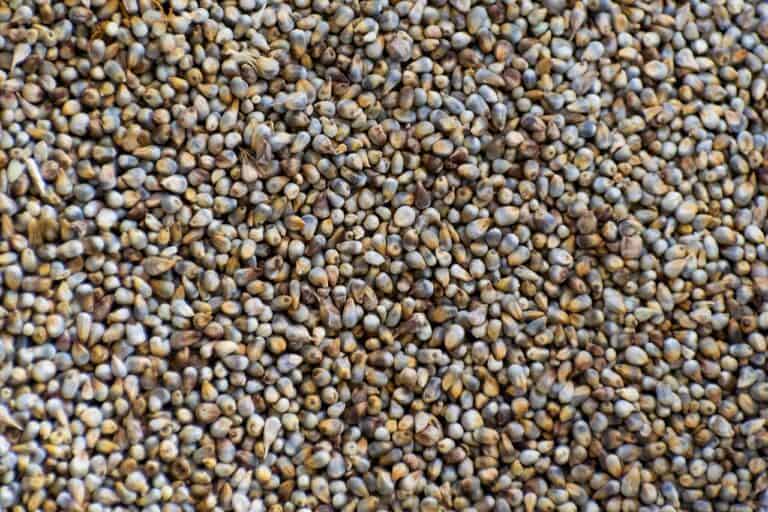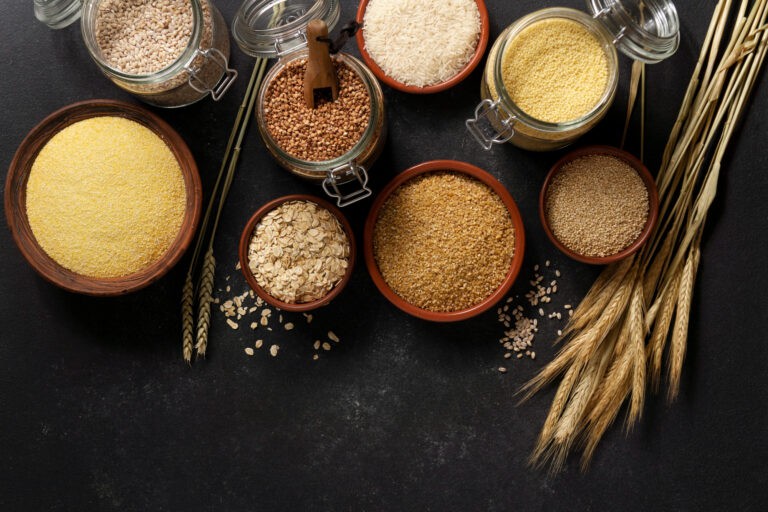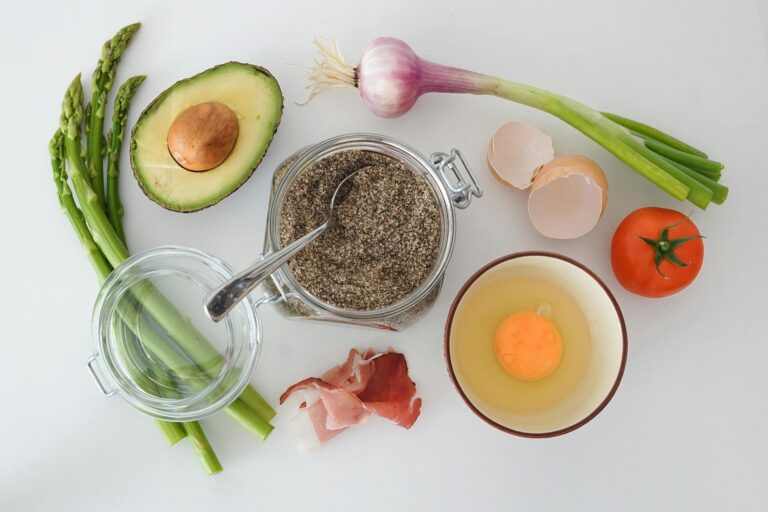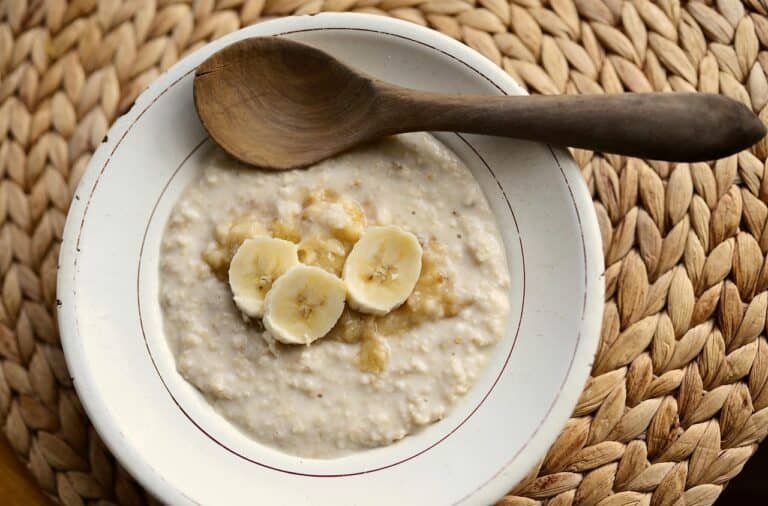Ever heard of little millet and wondered if it’s worth trying? This tiny grain has been a part of Indian diets for centuries—and for good reason. In this post, we’ll cover what little millet is and the surprising benefits it offers.
Little millet is a small but powerful grain that’s naturally gluten-free and packed with protein, dietary fiber, calcium, iron, and vitamins B and E. Whether you’re looking to improve digestion, manage blood sugar or add variety to your meals, this ancient millet is a smart and wholesome choice for everyday cooking.
What is little millet?
Little millet is a traditional grain grown across India, especially in areas with poor soil where other crops might not survive. It’s hardy—able to handle both drought and heavy rain—and grows fast with very little care. Even though the grains are tiny, they’re packed with nutrition. The best part? You can cook little millet just like rice and use it in almost any dish where you’d normally use regular rice.
Nutrional Profile of little millet
Little millet is a great source of dietary fiber and antioxidants, making it good for digestion and overall health. It also packs a high amount of iron, which supports better energy and prevents fatigue.
| Nutrients | Value per 100 grams |
| Energy (Kcal) | 346 |
| Protein (g) | 10 |
| Carbohydrate (g) | 65.5 |
| Fat (g) | 5.9 |
Learn more about millets and its types with detailed nutritional value.
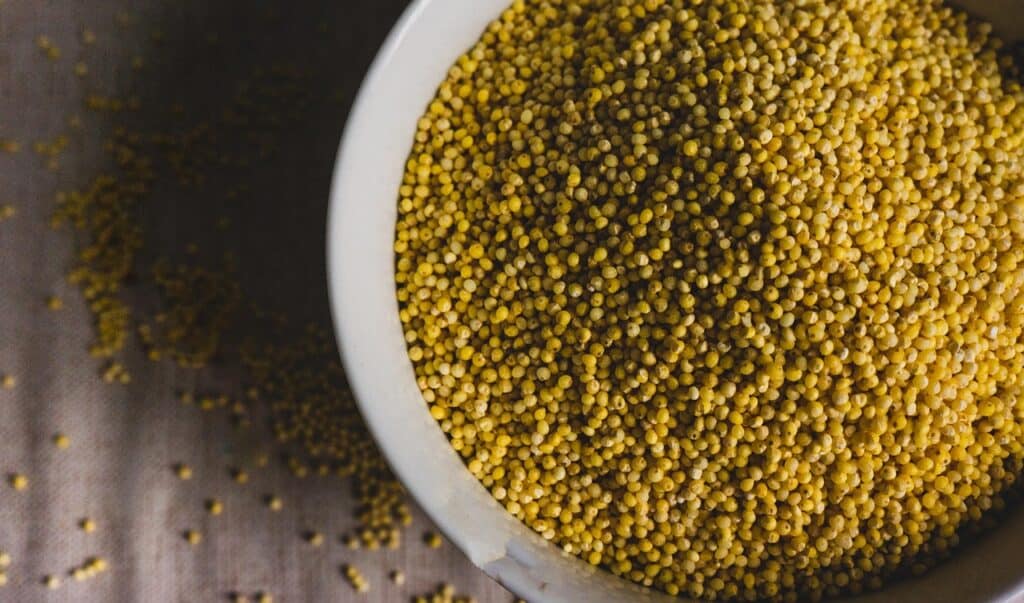
Benefits of little millet
- Helps Manage Diabetes – Little millet has a low glycemic index, which means it releases sugar slowly into the bloodstream. This helps manage blood sugar levels and reduces the risk of insulin spikes.
- Supports Healthy Cholesterol Levels – Thanks to its fiber and niacin content, little millet can help reduce bad (LDL) cholesterol and improve good (HDL) cholesterol levels.
- Aids in Weight Loss – High in fiber and protein, it keeps you full longer, helps control cravings, and supports digestion—great for anyone trying to manage or lose weight.
- Packed with Antioxidants – It contains powerful antioxidants like polyphenols and flavonoids that fight inflammation and protect against cell damage.
- Supports Respiratory Health – Magnesium in little millet may help relax airways and reduce asthma symptoms, making breathing easier for those with respiratory issues.
- Boosts Immunity – The combination of antioxidants and iron helps strengthen the immune system and fight off infections and fatigue.
- Provides Complete Plant Protein – With all essential amino acids, little millet offers quality protein that supports muscle repair, hormone balance, and overall body function.
- Good for Digestion – Its high fiber content promotes regular bowel movements and supports a healthy gut, reducing the risk of constipation.
- Safe for Gluten Sensitivities – Being naturally gluten-free, little millet is an excellent alternative to wheat for people with celiac disease or gluten intolerance.
what are the uses of little millet
- Cook it like rice – Use a 1:2 ratio of millet to water and prepare it just like white rice. Great for pulao, khichdi, or plain meals.
- Make flour – Grind little millet into flour for soft rotis, pancakes, muffins, or even millet bread.
- Use in porridge or upma – Boil with water, veggies, and spices to make a filling breakfast or light dinner.
- Prepare idli or dosa – Mix with urad dal to make fermented batter for fluffy idlis or crispy dosas.
- Add to soups or salads – Boiled little millet adds fiber and nuttiness to warm soups or cold salads.
- Make festive sweets – Use in Indian desserts like kheer, payasam, or Pongal for a healthy twist.
- Sprout it – Soak overnight, sprout, and add to chaas (buttermilk) or salads for a gut-friendly crunch.
- Roast or pop it – Dry roast it or pop like popcorn for a quick, crunchy snack.
how to eat little millet?
Incorporate Little Millet into Your Diet as per your choice:
| Dish | How to Make It | Best For |
|---|---|---|
| Little Millet Rice | Cook plain little millet and serve with dal or curry | Lunch / Dinner |
| Little Millet Khichdi | Cook with moong dal, turmeric, and veggies | Comfort food |
| Little Millet Upma | Sauté mustard seeds, curry leaves, onion, add millet and water, cook | Breakfast |
| Little Millet Dosa/Idli | Soak and ferment little millet with urad dal batter overnight | Breakfast / Snacks |
| Little Millet Pulao | Stir-fry spices and veggies, then cook millet with them | Main course |
| Little Millet Roti | Use little millet flour alone or mixed with wheat flour | Lunch / Dinner |
| Little Millet Salad | Mix cooked millet with fresh veggies, lemon, and herbs | Light meals |
| Little Millet Porridge | Boil millet with milk/water, add jaggery or salt/spices for sweet or savory versions | Kids / Seniors |
| Little Millet Cutlets | Mix cooked millet with mashed veggies and spices, shape and pan-fry | Snacks |
Are Little Millet, Barnyard Millet and Foxtail Millet Same?
No — little millet, barnyard millet, and foxtail millet are three distinct types of millets, each with its own flavor, texture, nutrition and culinary uses.
| Feature | Little Millet | Barnyard Millet | Foxtail Millet |
|---|---|---|---|
| Other Names | Kutki (Hindi), Saamai (Tamil) | Sanwa (Hindi), Kuthiraivali (Tamil) | Kangni (Hindi), Thinai (Tamil) |
| Scientific Name | Panicum sumatrense | Echinochloa frumentacea | Setaria italica |
| Grain Size | Very small | Small (slightly bigger than little millet) | Small, slender |
| Texture | Soft, fluffy when cooked | Light and fluffy | Chewy, slightly firm |
| Taste | Mild, slightly nutty | Mild, neutral | Mildly sweet, nutty |
| Cooking Time | Short | Very short (fastest cooking millet) | Short to medium |
| Common Uses | Rice substitute, porridge, upma, idli | Fasting food, khichdi, kheer, idli | Dosa, pongal, salads, fried rice |
| Nutrition Highlight | High in iron, antioxidants, fiber | High fiber, low glycemic index | Rich in protein, B12, iron, and fiber |
| Glycemic Index | Low | Very low | Low |
| Popular In | Rural India, traditional households | Fasting foods, diabetic diets | Weight loss diets, South Indian recipes |
what are the side effects of little millet?
Little millet is packed with nutrition, but like any food, eating too much of it—or relying on it alone—can have some downsides. Here are a few things to keep in mind if you’re adding little millet to your diet.
little millet Might Affect Thyroid Function
Little millet contains goitrogens, which can interfere with thyroid hormones. This is mainly a concern for people with thyroid issues or those eating large amounts of millet every day. If you’re worried, balance your diet with iodine-rich foods like dairy, seafood, or iodized salt.
little millet Can Cause Digestion Issues
The high fiber in little millet is great for most people, but it can cause bloating or gas—especially if your gut is sensitive. To avoid this, drink enough water, chew your food well, and introduce millet slowly into your diet.
little millet Can Cause Digestion Issues
Little millet is a good source of protein, but going overboard—especially on a millet-heavy diet—could lead to too much amino acid buildup. That may strain the kidneys or liver over time. As always, balance is key. Pair millet with healthy carbs and fats for a well-rounded meal.
Risk of Kidney Stones
Little millet has oxalates, which can bind to calcium and form kidney stones in some people. If you’re prone to stones, don’t overdo millet and avoid eating it alongside other high-oxalate foods like spinach or chocolate. Including calcium-rich foods with your meals can help.
It May Block Nutrient Absorption
Millets contain phytic acid, which can reduce your body’s ability to absorb minerals like iron, zinc, and calcium. You can reduce this effect by soaking, fermenting, or sprouting the millet before cooking—it’s a simple way to make the nutrients more available.
Frequently Asked Questions
Is little millet good for health?
Yes, little millet is rich in fiber, antioxidants, and iron. It supports digestion, helps regulate blood sugar, and is a great gluten-free grain option.
Is little millet good for diabetes?
Yes, little millet has a low glycemic index, meaning it releases glucose slowly. This helps in managing blood sugar levels effectively.
Can we eat little millet daily?
You can eat little millet regularly, but not excessively. It’s best to rotate millets with other grains to ensure nutritional balance and avoid any potential side effects.
How to cook little millet?
Little millet can be cooked just like rice. Rinse it, soak for 20–30 minutes (optional but helpful), and cook with water in a 1:2 ratio. It can be used in pulao, upma, pongal, and more.
Does little millet cause thyroid issues?
Like other millets, little millet contains goitrogens that may interfere with thyroid function if eaten in excess. People with hypothyroidism should consume it in moderation and include iodine-rich foods in their diet.
Is little millet gluten-free?
Yes, little millet is naturally gluten-free and safe for people with gluten intolerance or celiac disease.
Can little millet be eaten during pregnancy?
Yes, in moderation. Little millet provides iron, fiber, and folate, which are beneficial during pregnancy. Just ensure it’s part of a balanced diet.
Can we eat little millet at night?
Yes, you can eat little millet at night, especially in lighter meals like pongal, khichdi, or porridge. Its fiber helps keep you full and supports digestion.
Is little millet better than rice?
Nutritionally, yes. Little millet has more fiber and micronutrients than polished white rice. It’s a better option for blood sugar and digestive health.
Can little millet cause constipation?
In most cases, little millet helps relieve constipation due to its fiber content. But if eaten in excess or without enough water, it may cause bloating or gas.
Is little millet good for weight loss?
Yes, little millet is low in calories and high in fiber, which keeps you full longer and may help in managing weight when paired with an active lifestyle.
How does little millet taste?
It has a mild, nutty flavor with a slightly earthy undertone. It blends well with Indian spices and can be used in both sweet and savory dishes.
How to reduce anti-nutrients in little millet?
Soaking, sprouting, or fermenting little millet before cooking helps reduce phytic acid and oxalates, which can interfere with nutrient absorption.
Is little millet suitable for kids?
Yes, it’s a great addition to a child’s diet due to its nutrient profile. Make sure it’s cooked well and served in easy-to-digest forms like porridge, idli, or dosa.
Can little millet be given to babies?
Yes, little millet can be introduced around 8–10 months in soft, mashed, or porridge form. Always consult your pediatrician before introducing new grains.
Can I eat little millet in summer?
Yes, but since it has a slightly warming nature, pair it with cooling ingredients like curd, buttermilk, or leafy greens during summer months.
What’s the best way to include little millet in the diet?
Start with recipes like upma, pongal, dosa, khichdi, or even as a rice substitute. Mix with other millets or whole grains to balance nutrients and taste.
final thoughts
Little millet is a tiny grain with big benefits. It’s packed with fiber, iron, and antioxidants, making it a smart choice for anyone looking to eat healthier. Whether you’re trying to manage your blood sugar, improve digestion, or just want a rice alternative, little millet can easily fit into your everyday meals.


